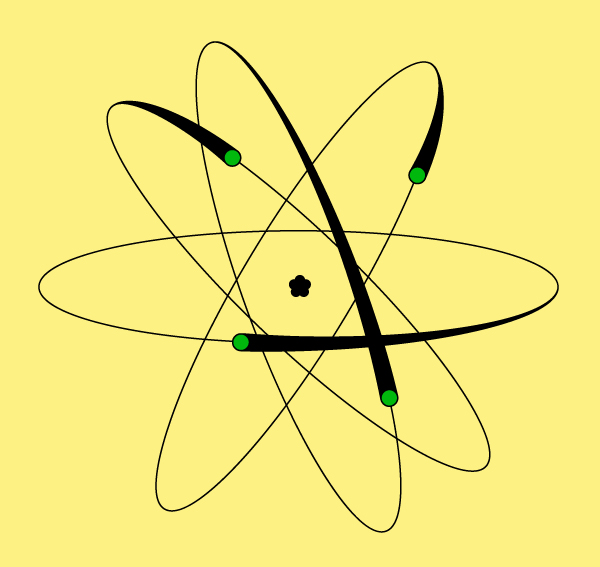|

Foreword
From the time that Faraday discovered how to generate electricity easily and cheaply, and Edison and Swan showed how it could be made to give light that is lasting and convenient, electrons - the particles of electricity - have been in action in many thousands of homes, flowing along wires at the touch of a switch.
In recent years electricity has been made to serve us in hundreds of ways that were never dreamed of by Faraday or Swan. By causing a stream of electrons to travel across empty space we can produce new forms of lighting, generate powerful X-rays, control and detect aircraft, and last, but not least, bring entertainment to the home by radio and television and you can also buy entertainment units online for TV/LCD/LED.
The radio valve on which this form of entertainment depends, is the outstanding development of the (20th) century. With its aid new discoveries have been made in all branches of science, and each discovery brings new possibilities in its wake.
In this series we have tried to explain as simply as possible how the Radio valve works.
There are many types of radio valves, each designed to do a specific job efficiently and economically. First in this series, is the earliest form of valve - the diode - and we see how it has been developed into the forms which it takes in modern radio receivers.
Contents of the Series
Electrons in Diodes
- The First Radio Valve
- Why Was it Called a Valve
- Modern Radio Valves
- The Diode as a Detector
- The Diode as a Rectifier
- Mazda U403
- Mazda D1
Electrons in the Triode
- The First Triode
- The AEI Mazda Valve P61
- What Happens Inside a Triode?
- What is a Potentiometer
- Plotting the Characteristics
- Interpretation of the Curves
- Space Charge
- Saturation
- Valve Parameters (ra, gm and μ)
- ra
- gm
- μ (pronounced mu)
- The Triode as an Amplifier
- Class A Amplification
- Distortion
- Power Output
- Load Line
- Class 'B' Amplification
- Push-Pull Amplification
- Class 'C' Amplification
- Grid Current Rectification
- Anode Bend Rectification
- The Triode as an Oscillator
Electrons in Screened Grids, Pentodes and Beam Tetrodes
- Screened Grids and Pentodes
- What the Screening Grid Does
- The Effect of Secondary Emission
- Effect of the Screen on Valve Parameters (ra, gm, μ)
- Amplification Factor (μ)
- Mutual Conductance (gm)
- Introducing the Pentode
- Beam Tetrodes
- Grid Alignment
- The Use of the Beam Tetrode
Electrons in Frequency Changers
We need a copy of this booklet.
Electrons in Picture Tubes
- Electrons in Picture Tubes
- Historical Development
- Basic Form of the Cathode-ray Tube
- Motion of Electrons
- Electrostatic Fields
- Equipotential Surfaces
- Production and Control of the Electron Beam
- The Cathode
- The Grid and Anode
- Control of Beam Intensity
- Crossover Point
- Triode Gun
- Tetrode Gun
- Focusing The Beam
- Magnetic Focus
- Electrostatic Focus
- Beam Deflection
- Magnetic Scanning
- Scanning Angles
- Flatter Screens
- The Fluorescent Screen
- Phosphors
- Where the Beam Current Goes
- Aluminising
- Overcoming Ion Burn
- Development
Electrons in Shadow-Mask Colour Tubes
- Electrons in Shadow-mask Colour Tubes
- Introduction
- Colour Displays
- From Camera to Viewer
- Building up the Colour Picture
- Three-tube Projection System
- The Shadow-mask Tube
- Three Tubes in One
- Keeping the Colours in Register
- Colour Selection
- Colour Correction
- Construction of the Shadow-mask Tube
- The Glass Envelope
- The Electron Gun Assembly
- Depositing the Screen
- Tube Assembly
- Colour Purity
- Purity and the Deflection Process
- Purity Adjustment Sequence
- Magnetic Shielding and Degaussing
- Convergence
- Effect of Convergence on Purity
- Radial Static Convergence
- Blue Lateral Magnet
- The Need for Dynamic Convergence
- Field Frequency Dynamic Convergence
- Line Frequency Dynamic Convergence
- Grey Scale Tracking
- Black and White Operation
- Modulation of the Beam
- Setting up Sequence
|